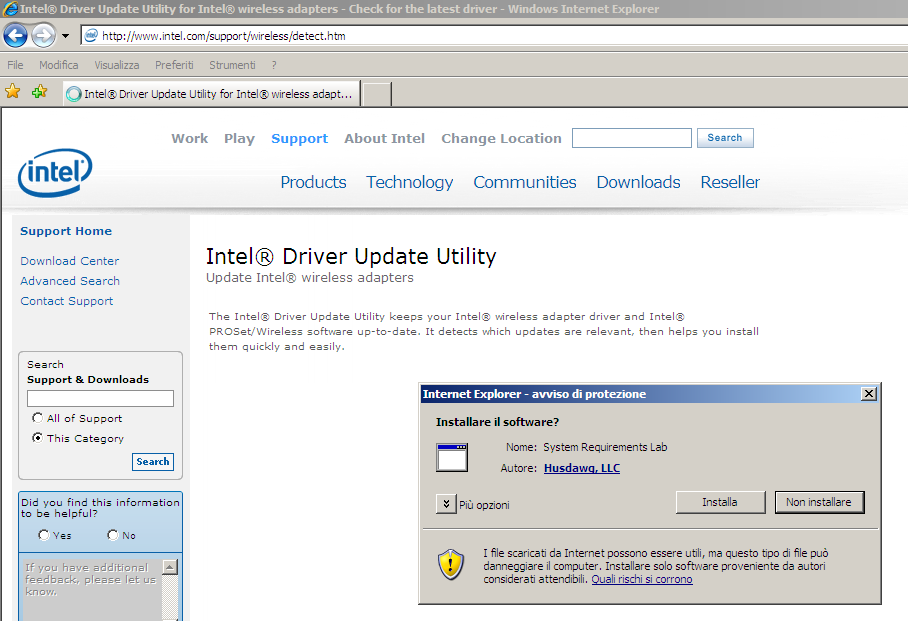By now I think everybody has heard of the unsuccessful [terrorist?] attack to Northwestern Flight 253, where Umar Farouk Abdul Mutallab tried to mix bomb components about one hour before the plane landed.
We’re so used to the restrictions applied to passengers of flights, that we almost think of them as routine, while we should always think about the effectiveness of "security" measures as they are applied. The most lacking resource being often common sense.
In this case, we can already read of the next restrictive measures, on the NHS site:
The Department of Homeland Security immediately put additional screening measures into place […]
Passengers flying from international locations to U.S. destinations may notice additional security measures in place. These measures are designed to be unpredictable, so passengers should not expect to see the same thing everywhere.
So, we’ll get more restrictions, but not the same everywhere. (WTF #1)
Next, let’s see what the TSA has in mind for us:
Among other things, during the final hour of flight customers must remain seated, will not be allowed to access carry-on baggage, or have personal belongings or other items on their laps[…]
as someone else said, I’m glad that the "terrorist" didn’t try to blow himself up three or more hours before. Now, I will not be allowed to take a book (or put it away) during just the last hour of the flight, but this will surely scare all those terrorists that can act and think only during that last flight hour. (WTF #2)
I still consider myself lucky, though, because:
Effective today, the TSA has informed Northwest that travelers are not allowed to transport any liquids, gels, lotions or similar items in their carry-on luggage. This includes items such as beverages, hairspray, toothpaste and shampoo. These types of items can only be carried in checked luggage.
In the end, I do not agree with those who say that as the attack was not successful, no additional security measures would be needed. I still strongly believe that in this cases early intelligence
Mutallab’s name had surfaced earlier on at least one U.S. intelligence database, but not to the extent that he was placed on a watch list or a no-fly list.
is much more useful than a guy asking me to leave my water bottle at the security check.
In the meanwhile, it leaves me surprised that the bomber left from an airport that the TSA confirmed compliant just a month ago. Again: either the airport security failed, or the security procedures and requirements are just wrong.
